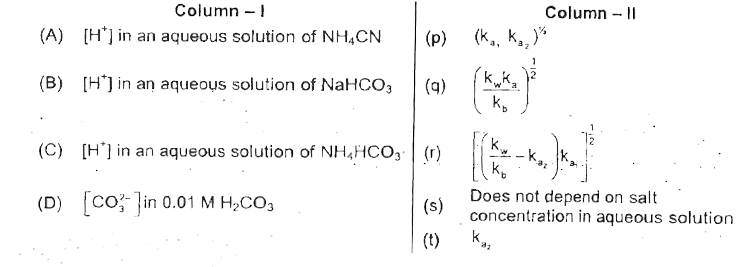Match the following questions:

Text Solution
|
Topper's Solved these Questions
- GENERAL ORGANIC CHEMISTRYBOOK - FIITJEECHAPTER - GENERAL ORGANIC CHEMISTRYEXERCISE - NUMERICAL BASED QUESTIONS
12 Videos
- GENERAL ORGANIC CHEMISTRYBOOK - FIITJEECHAPTER - GENERAL ORGANIC CHEMISTRYEXERCISE - SINGLE INTEGER ANSWER TYPE QUESTIONS
14 Videos
- GENERAL ORGANIC CHEMISTRYBOOK - FIITJEECHAPTER - GENERAL ORGANIC CHEMISTRYEXERCISE - REASONING TYPE QUESTIONS
9 Videos
- GASEOUS STATEBOOK - FIITJEECHAPTER - GASEOUS STATEEXERCISE - MATCHING LIST TYPE QUESTION
1 Videos
- HYDROCARBONSBOOK - FIITJEECHAPTER - HYDROCARBONSEXERCISE - SINGLE INTEGER ANSWER TYPE QUESTION
9 Videos
Similar Questions
Knowledge Check
In the following questions, match the column I and column II. Select the correct match out of the four codes given at the end
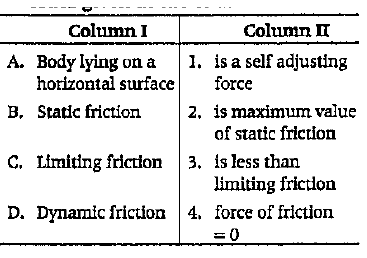 A
A B
B C
C D
D
Which one of the following questions is correctly matched with its specified domain?
A1.Could you group your : Evaluating students on the basis of their achiveement in mathematics?B2.What was the turning: Creating point in the cricket match telecasted last night?C3.Write down a new : Application recipe to cook chicken by using herbsD4.Determine which of the: Analyzing given measures would most likely lead to achieve best resultsIf →A=2ˆi+ˆj+ˆkand→B=ˆi+ˆj+ˆk are the two vectors, match the following answer the questions by appropriately matching the information given in the three columns of the following table:
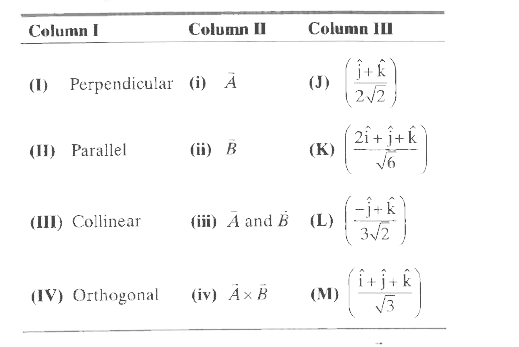
The correct alternative for a collinear vector to →A isA(III)(iv)(L)B(II)(ii)(K)C(IV)(i)(J)D(I)(iii)(M)
Answer the following questions.
Match the following:
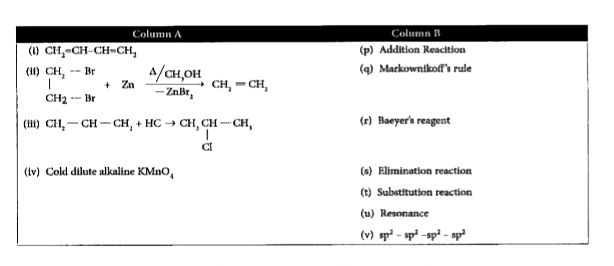
View SolutionRefer to the given figure and answer the following questions
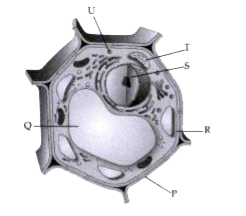
Select the correct match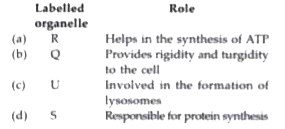
View SolutionMatch the items of Column I and Column I in the following questions.
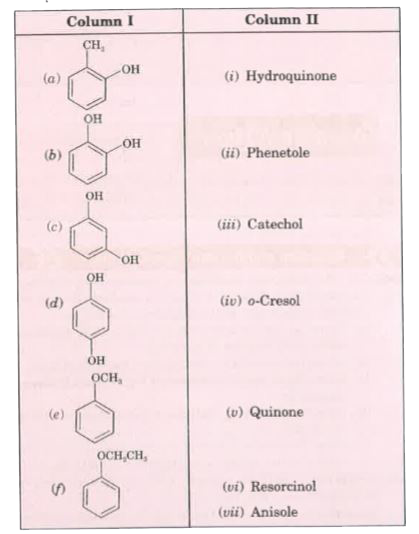
View SolutionQuestion stimulus:-
Question Stimulus :-
Match the following and select the correct answer from the codes given below :
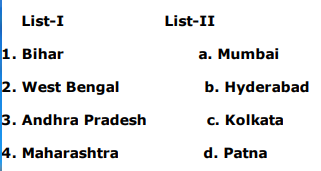
View SolutionIf →A=2ˆi+ˆj+ˆkand→B=ˆi+ˆj+ˆk are the two vectors, match the following answer the questions by appropriately matching the information given in the three columns of the following table:
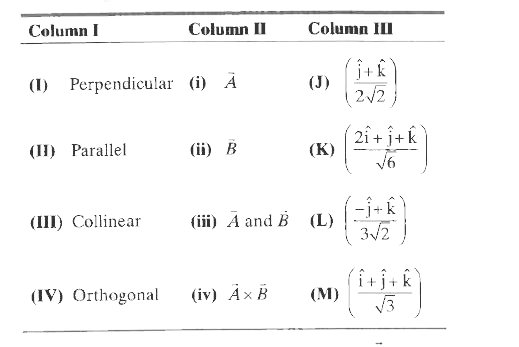
Which option represents a vector orthogonal to →A×→B ?
View Solution

